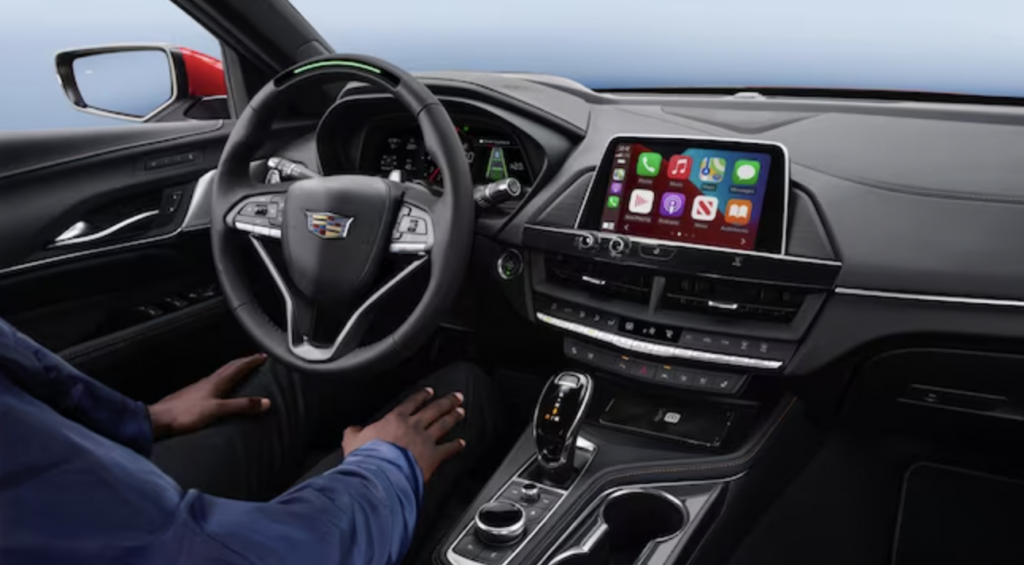Despite the predictions of politicians in years gone by, driverless cars are not yet roaming UK roads. So what is holding us back? In truth, we’ve now reached a point where many of the roadblocks become legal as much as they are technological. Following the Law Commission’s assertion that the technology that underpins autonomous vehicles (AVs) represents a “legal grey area”, we can look at some of the steps the government is taking to remove the legislative barriers to operating AVs on public roads.
For many years, specialist drivers have been gathering data in sensor-laden cars on road environments, traffic flow and behaviour of road users to inform the artificial intelligence (AI) that will be the brain of AVs. With this data, AI engines can be trained to take over the driving responsibilities in a fully autonomous vehicle.
We’ve now reached a point where many of the roadblocks become legal as much as they are technological
However, drivers also need to be trained to understand the limits of these systems. Certification standards must be set so that AV models can meet the capability a driver will expect, and the legal framework needs to be adapted to accommodate the transfer of responsibility, and liability, away from the driver.
For example, Rule 150 of The Highway Code currently states that the driver “MUST exercise proper control of the vehicle at all times”, which would not be the case with a vehicle in autonomous mode. Government consultations have explored how rules could be adapted in a clear manner so that users understand what is expected of them in an AV, paving the way for AVs to operate on UK streets.
An initial step towards AVs will be the introduction of Automated Lane Keeping Systems (ALKS), set to be the first commercially available system designed to take over dynamic driving tasks from the driver under appropriate operating conditions. The UK aims to be a global leader in the development of ALKS and has pursued this in government consultations on which national updates are required.

Current iterations of ALKS are directed to motorway usage, but only within lane and with speeds limited to 37mph, rather than maximum motorway speeds. Its use is specific to queueing and stop-start traffic on motorways, which can be some of the most energy inefficient parts of a journey. Accordingly, this speed limited technology is set to reduce vehicle emissions, prevent human error accidents, and improve the easing of congestion.
The initial consultation concluded that driver awareness and education will be a legal obligation for the safe rollout of ALKS technology, and responsibility for this training might be divided between the government and AV manufacturers. It’s believed that this will help drivers overcome their caution around the technology and inform on the limits of these systems, preventing over-reliance through assumed competence.
The ALKS technology is designed to keep the vehicle in a given lane, with the driver being required to regain control for any lane changes. While drivers are intended to be able to perform non-driving activities during ALKS usage, they should be in a position to regain control of the vehicle (within ten seconds according to current legislative proposals) when requested through a transition demand.
As such, ALKS technology can at least be considered to be an enhanced driver assistance system that, with the appropriate driver understanding of capability, is a step in the right direction for autonomous driving in the UK.
The opinions expressed here are those of the author and do not necessarily reflect the positions of Automotive World Ltd.
Jon West is a Patent Attorney (Senior Associate) at Reddie & Grose
The Automotive World Comment column is open to automotive industry decision makers and influencers. If you would like to contribute a Comment article, please contact editorial@automotiveworld.com
